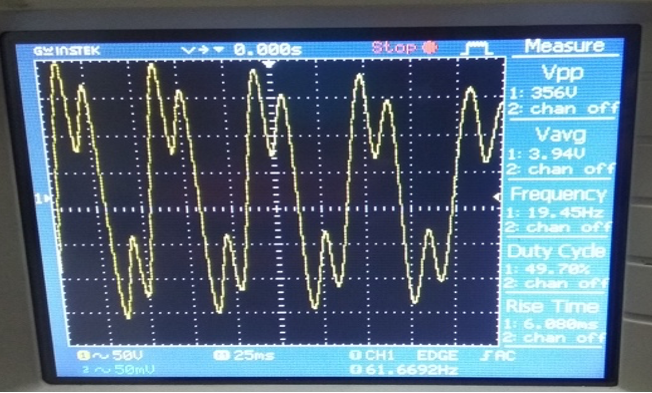Vertical Wind Turbine Coupled with Modified Synchronous Generator for Portable Power Generation
DOI:
https://doi.org/10.53017/uje.106Keywords:
Coastal region, Generator, Vertical Configuration, Wind flow, Wind turbineAbstract
Coastal region normally has sufficient wind power that has not been properly utilized. On the other hand, some places in this region do not have electricity supply from the utility due to some reason. People activity in these areas may need some electricity at least for lighting the area in the evening. For the purpose of generating electricity, a portable power generation is developed to use the wind power and used to supply the power for the light. Wind power plants have so far used propellers with horizontal configurations. In this model, the blades used in propellers have limited dimensions due to mechanical considerations. In addition, the direction of the propeller needs to be directed toward the wind flow, so that a steering wheel and a rotating base are required. To overcome this problem, it is necessary to utilize a number of wind impulse blades placed on the vertical axis. In addition to the expectation to obtain greater thrust, no mechanical equipment is necesary to direct the turbine toward the direction of wind flow. These advantages are expected to increase the output voltage of the generator coupled to it. The generator used in this research is a modified induction motor with some additional magnetic poles to become synchronous generator. The generated power is used to charge a battery which is used to power the light at the night. Small scale generator prototype was developed and tested for coastal locations or other open spaces to obtain wind flow with sufficient power to drive turbine blades.
Downloads
References
S. N. Akour, M. Al-Heymari, T. Ahmed, and K. A. Khalil, “Experimental and theoretical investigation of micro wind turbine for low wind speed regions,” Renew. Energy, vol. 116, pp. 215–223, 2018.
S. Martosaputro and N. Murti, “Blowing the Wind Energy in Indonesia,” Energy Procedia, vol. 47, pp. 273–282, Jan. 2014.
W. S. A. WS, A. AR, and Y. Nantan, “Studi Kestabilan Tegangan dengan Masuknya PLTB Pada Sistem Interkoneksi Sulselbar,” J. Teknol. Elekterika, vol. 17, no. 2, pp. 36–41, May 2020.
M. K. Johari and A. F. Abdelgawad, “Comparison of horizontal axis wind turbine (HAWT) and vertical axis wind turbine (VAWT),” Int. J. Eng. Technol., pp. 2227–524, 2018.
H. A. Lari, A. Kiyoumarsi, A. Darijani, B. Mirzaeian Dehkordi, and S. M. Madani, “Analysis and Design of a Permanent-Magnet Outer-Rotor Synchronous Generator for a Direct-Drive Vertical-Axis Wind Turbine,” Iran. J. Electr. Electron. Eng., vol. 10, no. 4, pp. 324–332, Dec. 2014.
A. Sugiyono, P. Teknologi, S. Energi, I. Kimia, B. Pengkajian, and P. Teknologi, “outlook energi indonesia 2015-2035: prospek energi baru terbarukan Indonesia Energy Outlook 2015-2035: New and Renewable Energy Prospect.”
F. Birol and M. Argiri, “World energy prospects to 2020,” Energy, vol. 24, no. 11, pp. 905–918, Nov. 1999.
R. Nanang, G. Gunarto, and E. Sarwono, “study eksperimental berbagai macam jenis sudu turbin angin sumbu horisontal skala laboratorium,” UM Pontianak, Mar. 2016.
Y. I. Nakhoda and C. Saleh, “Rancang Bangun Kincir Angin Sumbu Vertikal Pembangkit Tenaga Listrik Portabel,” in Seminar Nasional Sains dan Teknologi Terapan III, 2015.
I. Susanti, “analisa penentuan kapasitas baterai dan pengisiannya pada mobil listrik,” J. Elektra, vol. 4, no. 2, pp. 29–37, Jul. 2019.

Downloads
Published
How to Cite
Issue
Section
License
Copyright (c) 2021 Agus Ulinuha, M. Burhanduin Ubaidillah

This work is licensed under a Creative Commons Attribution-NonCommercial 4.0 International License.





